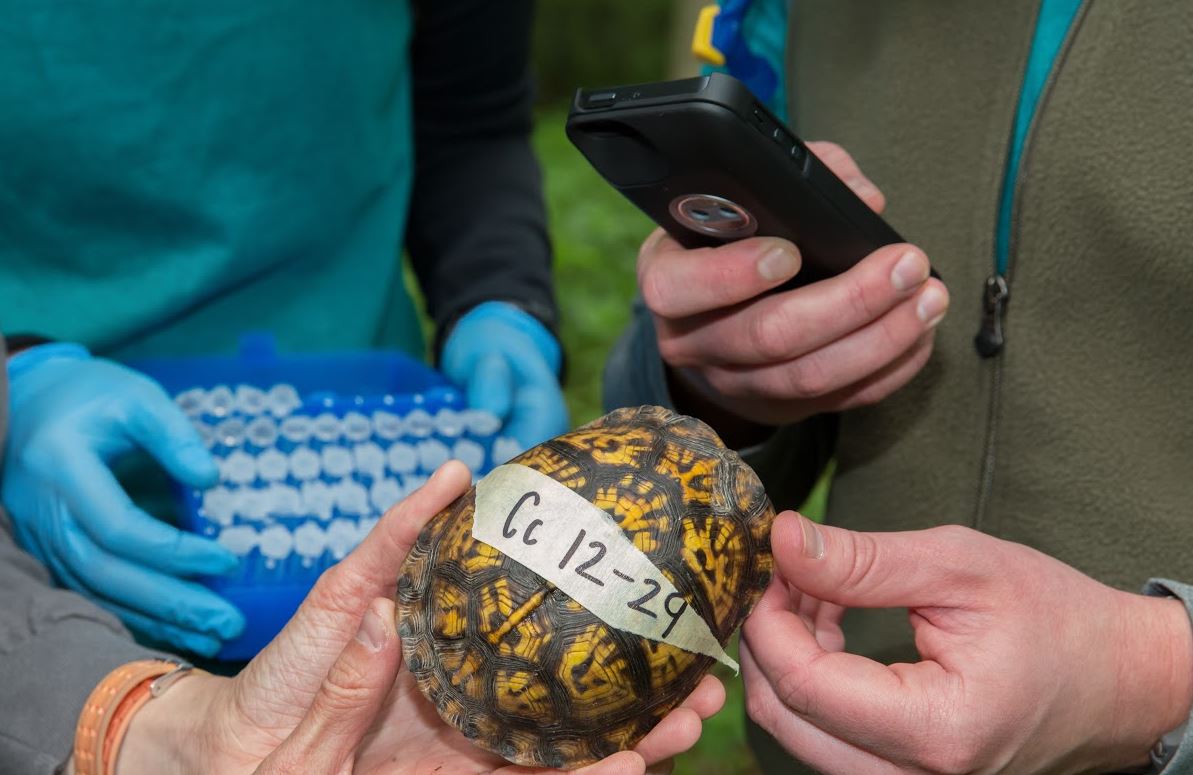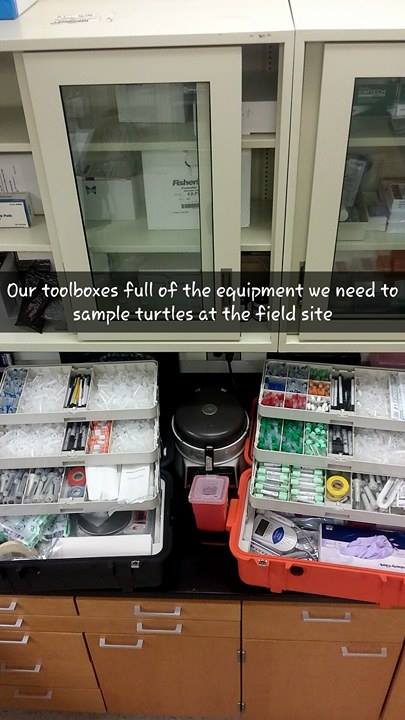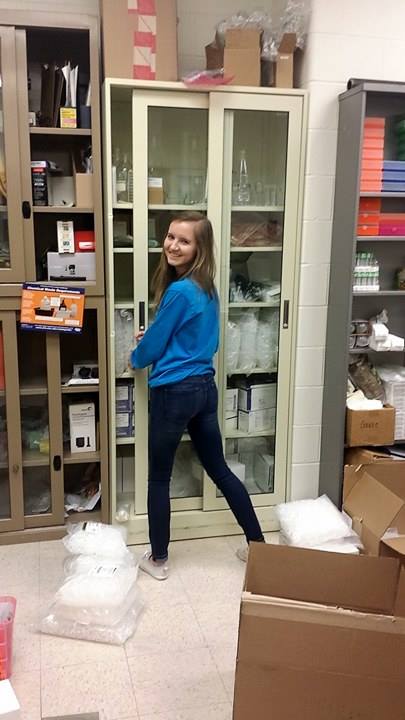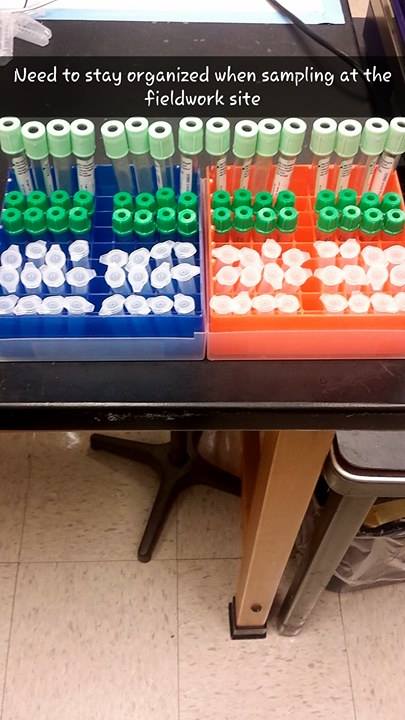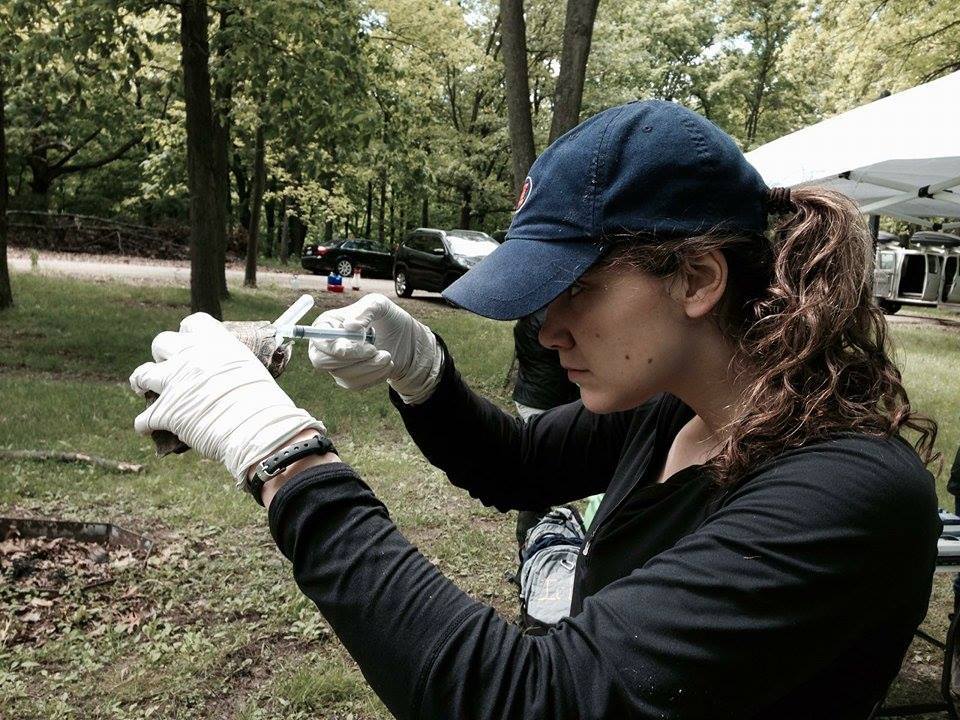
Kayla Boers, a third year veterinary student at the University of Illinois, draws blood from the subcarapacial sinus of an Eastern Box Turtle.
Just closed the books on my second year of veterinary school and we’re heading to the forests of Illinois to capture turtles! This will be my second year helping conduct this Eastern Box Turtle health survey for the Wildlife Epidemiology Lab (W.E.L.), so I’m super stoked. Our team of veterinarians, biologists, and veterinary students has an almost-too-cheesy-name associated with it—Turtle Team!
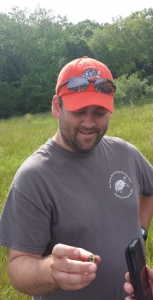
Dr. Matt Allender is the main veterinarian behind developing W.E.L. and the Turtle Team.
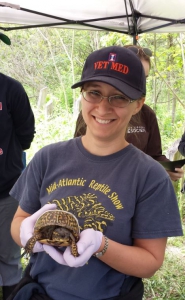
Dr. Laura Adamovicz is a veterinarian and PhD student associated with W.E.L.’s wildlife population health surveys.
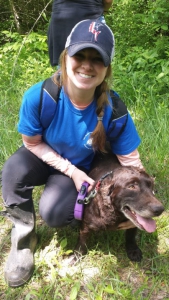
Megan Britton is a second year veterinary student that is also helping conduct Turtle Team efforts.
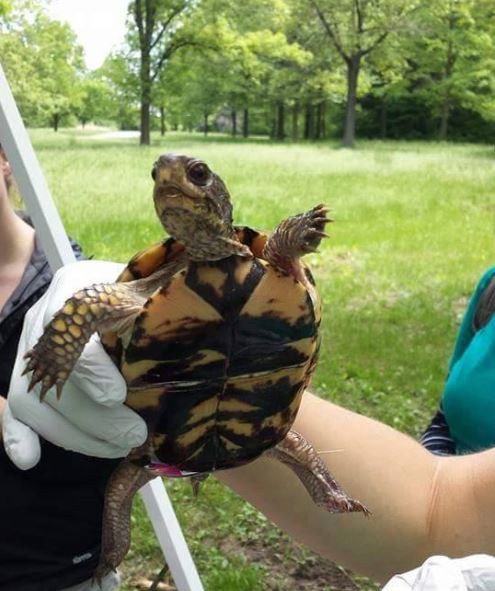
Due to their long lifespan and home range, the Eastern Box Turtle is proposed as a sentinel of ecosystem health.
Eastern Box Turtles (Terrepene carolina carolina) are deemed vulnerable as a species by IUCN. Their habitat varies from tidal wetlands and meadows to deciduous forests. These home ranges often extend into adjacent habitats, which include: fields, pastures, suburban areas, ponds, and streams. Human-induced environment damage (i.e. habitat loss or fragmentation, traffic mortality, or collection for personal use) and recently identified pathogens (i.e. ranavirus) contribute to potential declines in the population size of these turtles.
This is why wildlife population health surveys and other conservation efforts are so important!
General process during the average day with the Turtle Team:
- Capture Eastern Box Turtles utilizing turtle dogs and record capture location data
- Transport turtles to our sampling area at the site after the 2-3 hour search effort
- Collect blood and oral/cloacal swabs from each turtle
- Record demographic data (i.e. shell measurements, age classification, etc) and physical exam findings
- Return each turtle to the exact location at which we found them via GPS units
- Complete labwork at the W.E.L. in Champaign-Urbana
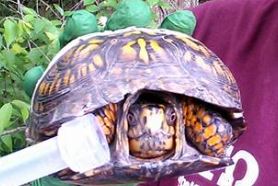
An Eastern Box Turtle poses with a syringe case in order to keep his shell open for a physical exam.
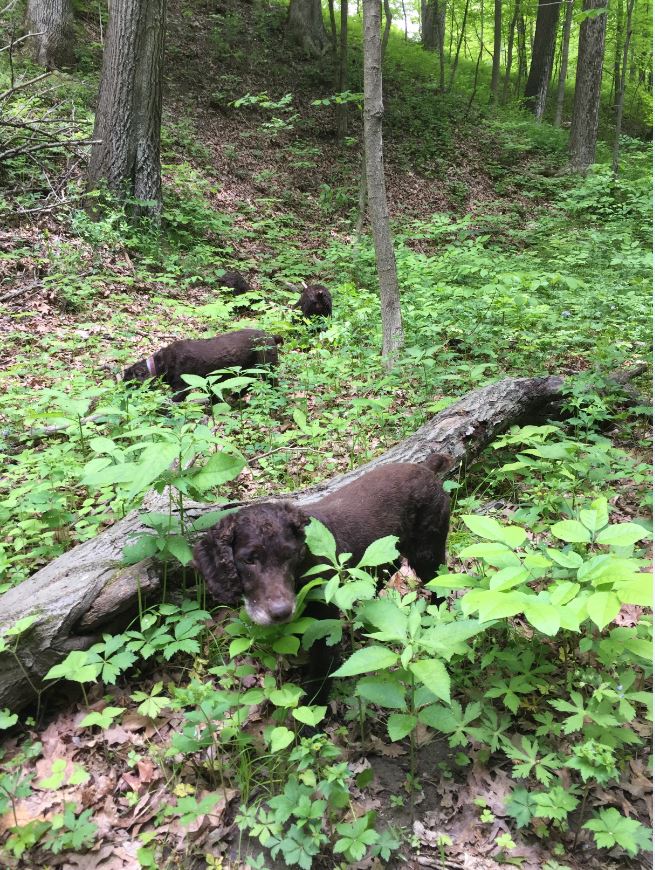
John Rucker’s turtle dogs searching for Eastern Box Turtles. Rarely can you see them all in one picture since they are searching so avidly.
For the first week of Turtle Team we’re surveying turtle populations at 4 sites in Vermilion County:
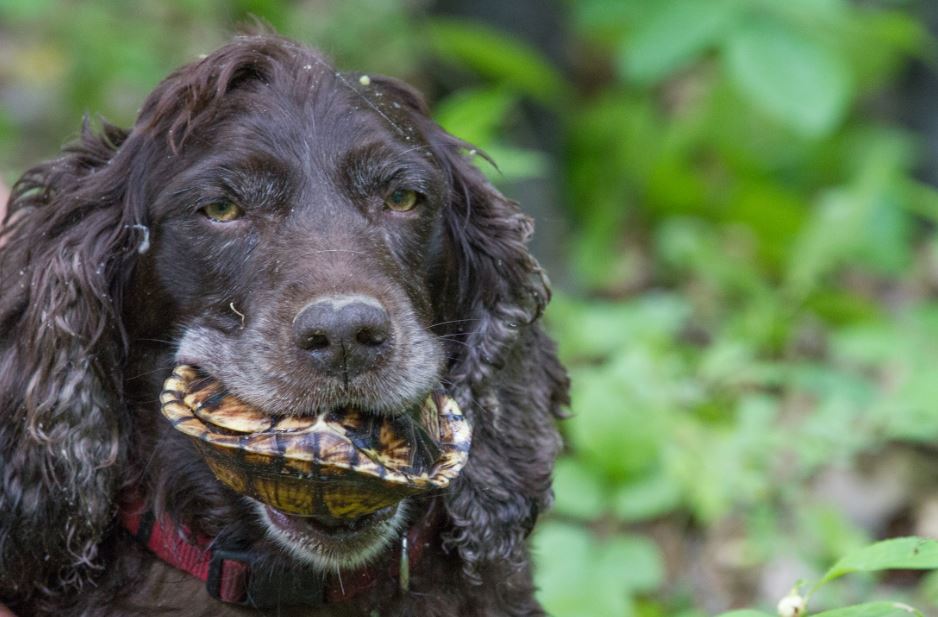
One of the turtle dogs bringing a captured Eastern Box Turtle to her owner, John Rucker.
Before we get to capture and sample the turtles at these sites, I have to pack for this endeavor! Many side projects stem from our main health assessment project. These include thermography assessment of box turtles, determining whether turtle dogs can transmit box turtle pathogens, and others. All of these added projects means I spend more time over the weekend prepping for the trip!

Packing for Turtle Team and keeping the lab space organized at the same time is a tough task.
I am lucky to be able to take part in such a large conservation effort. My experiences with this lab and the Turtle Team have been overwhelmingly positive. Approaching Dr. Allender about being a part of the Wildlife Epidemiology Lab has been one of the best decisions that I have made. Not only have I been exposed to a variety of reptile work, but I have also had the pleasure of working with many unique individuals. Furthermore, this project has helped me formulate a population medicine mindset.
I am excited for the Turtle Team search efforts to come and Day #1 of Turtle Team this year is on my birthday!
On the next post I will let you know how Day #1 of Turtle Team 2016 went.

Kayla, Marta, and Grace (left to right) posing with a turtle dog during a 2015 Turtle Team search effort.

